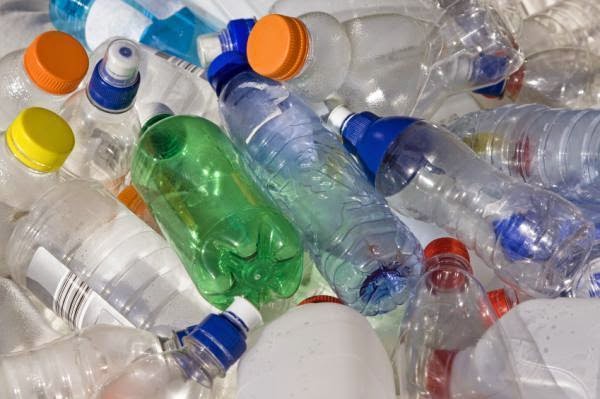Fish exposed
to low levels of bisphenol A (BPA), a common chemical used in plastics, canned
goods and cash register receipts, showed evidence of hyperactive behaviour,
according to research published Monday, Yahoo! News reports.
Read the article HERE.
However, some experts
warned that the results do not prove that the chemical affects humans the same
way, and that more research is needed.
The study in the
Proceedings of the National Academy of Sciences, a peer-reviewed US journal,
was led by the University of Calgary, Canada.
Scientists exposed
zebrafish embryos to concentrations of BPA and bisphenol S (BPS) - the chemical
that often replaces it in products labelled "BPA-free" - that are
found in the Bow and Old Man rivers of Alberta, Canada.
They found that
exposure changed the timing of when neurons formed in the brains of the fish.
These changes in
development led to hyperactivity later in life in zebrafish, which are
considered a good medical model for the human brain because they develop
similarly and about 80 percent of human genes have a counterpart in the
zebrafish's genetic makeup.
"What we show is
that the zebrafish exposed to BPA or BPS were getting twice as many neurons
born too soon and about half as many neurons born later, so that will lead to
problems in how the neurons connect and form circuits," said co-author
Deborah Kurrasch, a member of the Alberta Children's Hospital Research
Institute and the department of medical genetics.
"I was actually
very surprised at our results. This was a very, very, very low dose, so I
didn't think using a dose this low could have any effect."
Researchers were also
surprised to see that the BPA and BPA targeted androgen receptors in the
zebrafish brains. Previous studies have suggested BPA may induce physical changes
by mimicking oestrogen, not testosterone.
"Finding the
mechanism linking low doses of BPA to adverse brain development and
hyperactivity is almost like finding a smoking gun," said co-author Hamid
Habibi, a professor of environmental toxicology and comparative endocrinology
in the University of Alberta's the Faculty of Science.
The research team
said more work is needed to explore whether the chemicals may act the same way
in humans, but in the meantime urged pregnant women to avoid exposure to bisphenols
as much as possible.
"While a very
interesting paper, it is not cause for alarm," said Ian Musgrave, senior
lecturer in the Faculty of Medicine at the University of Adelaide.
Musgrave, who was not
involved in the research, said the concentrations of BPA in the study were much
higher than the levels at which humans would be exposed.
"The
concentrations of BPA the zebrafish embryos were exposed to that resulted in
hyperactivity were roughly 1000 times higher than found in the blood of
children with high exposure to BPA," he said.
"Human embryos
at a similar developmental stage are protected by the placental barrier and the
mother's enzymes that remove BPA from the circulation," he added.
Read the article HERE.
The Aquaculturists
This blog is maintained by The Aquaculturists staff and is supported by the
magazine International Aquafeed which is published by Perendale Publishers Ltd
For additional daily news from aquaculture around the world: aquaculture-news


No comments:
Post a Comment